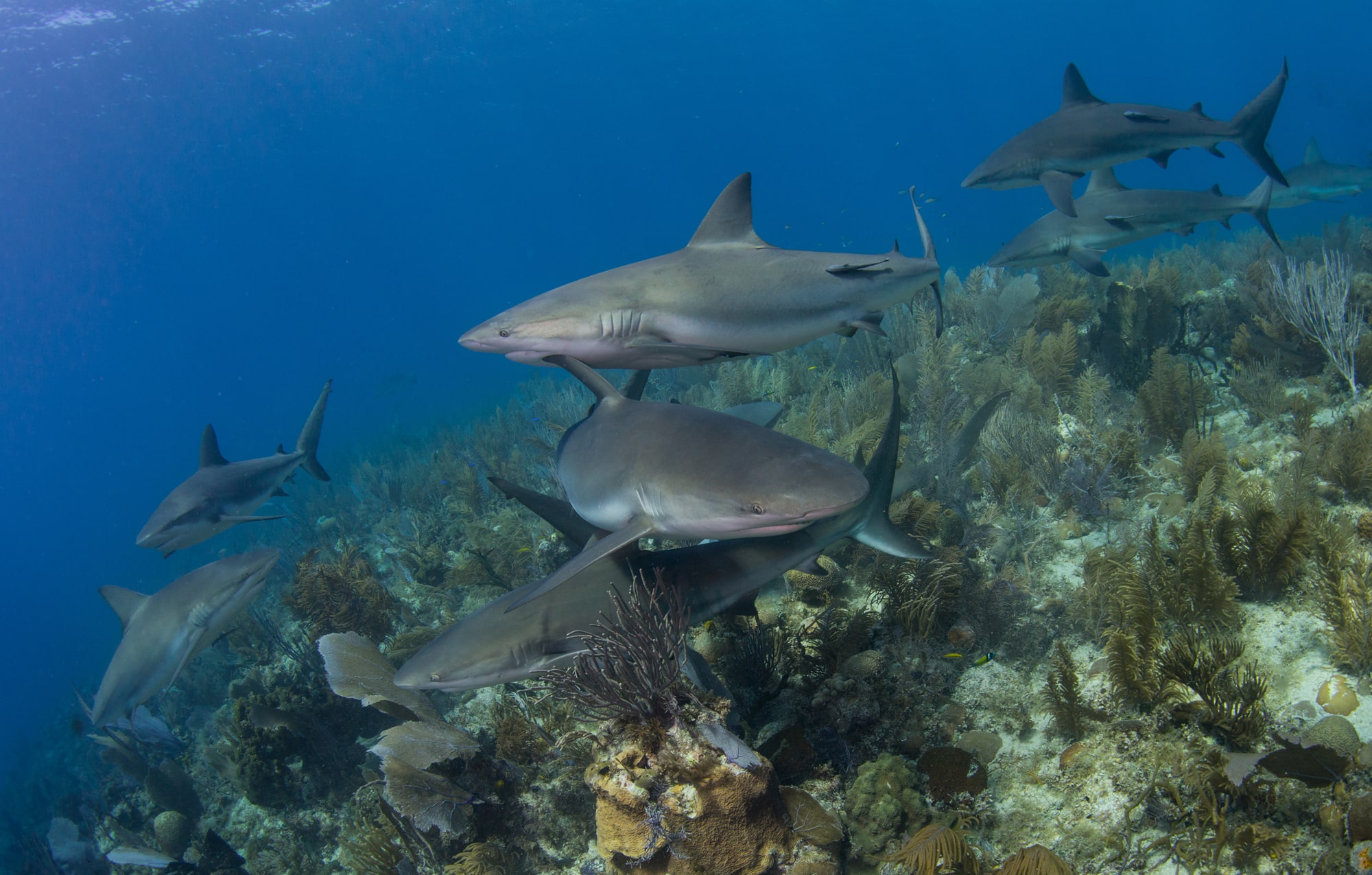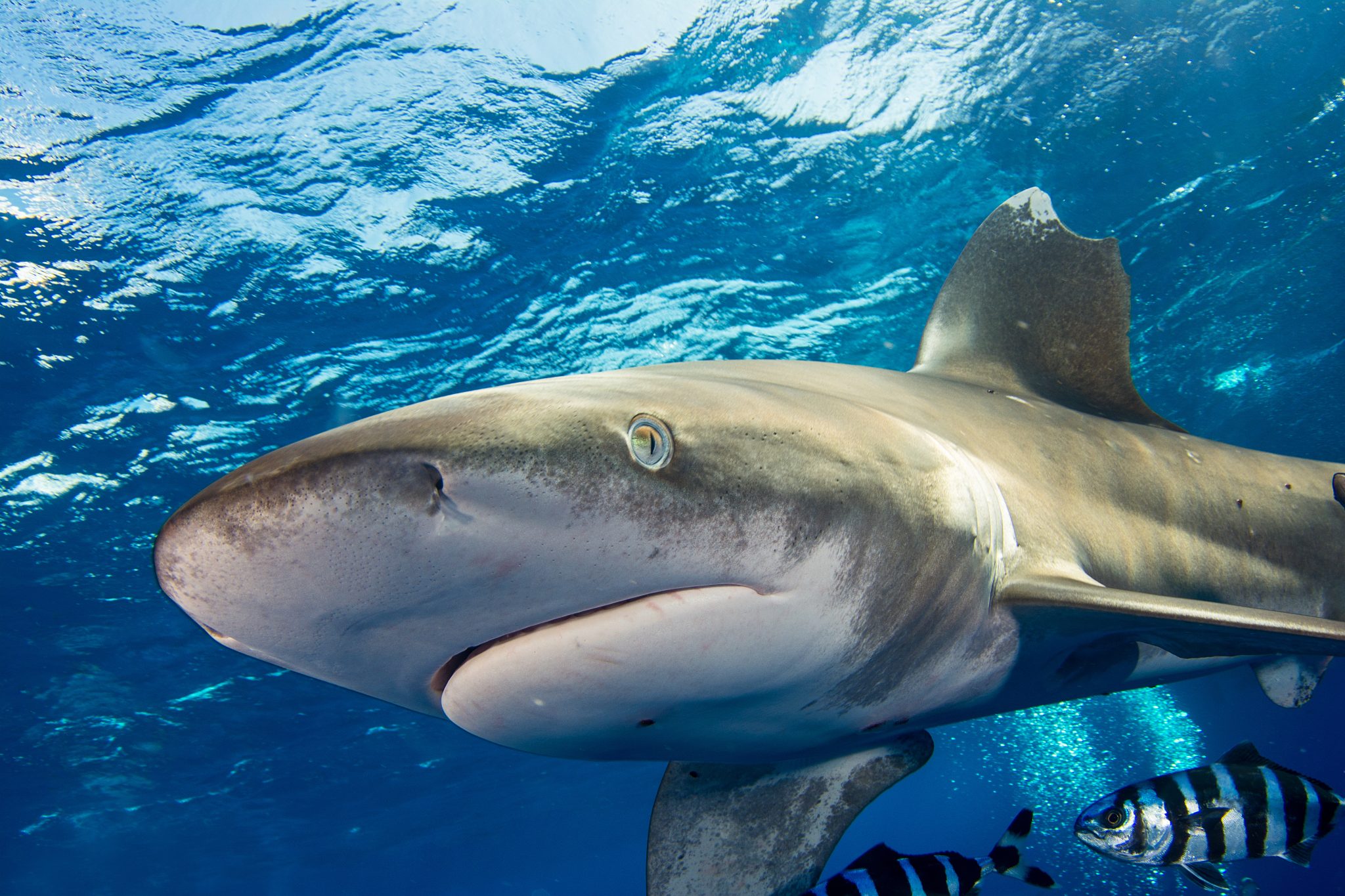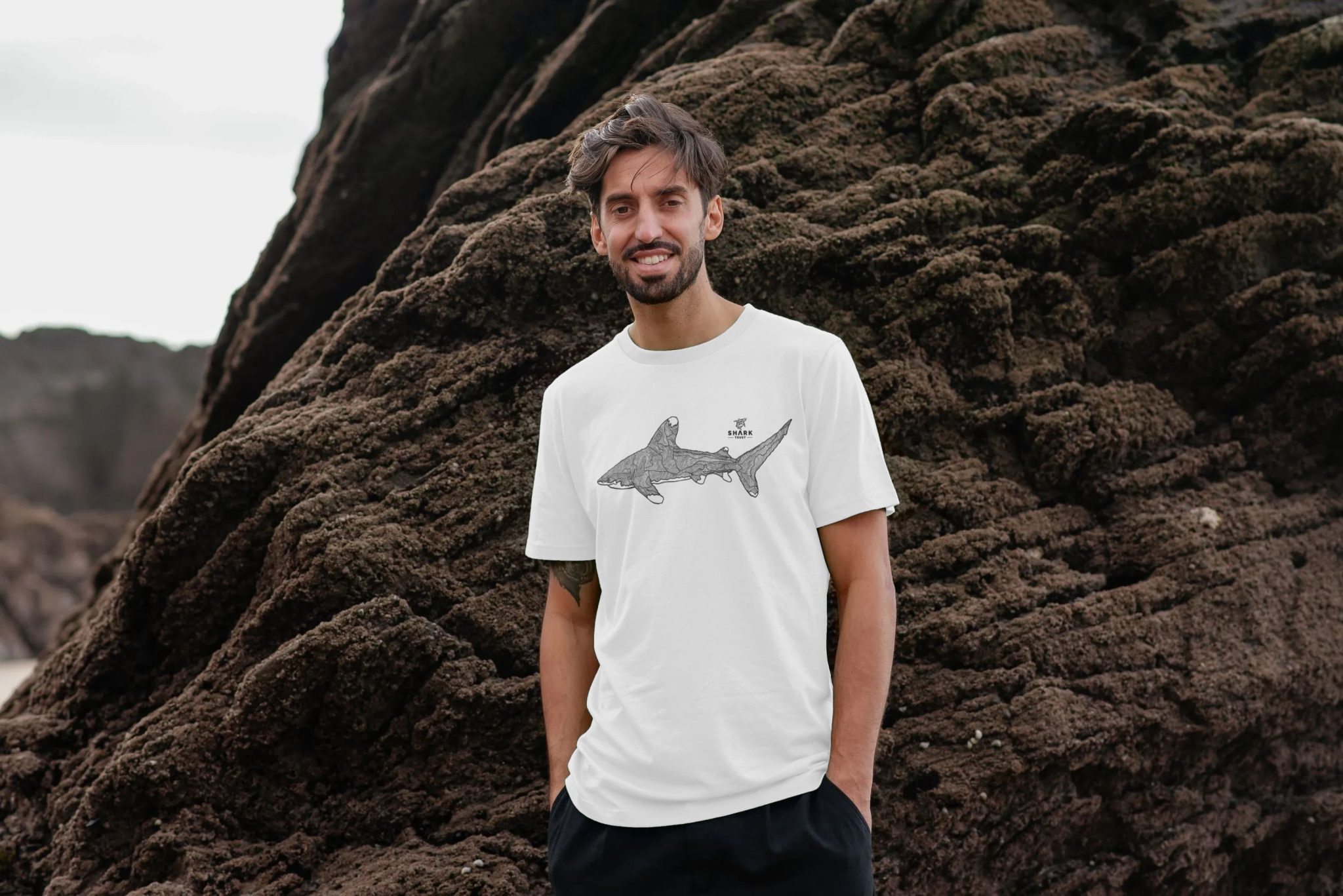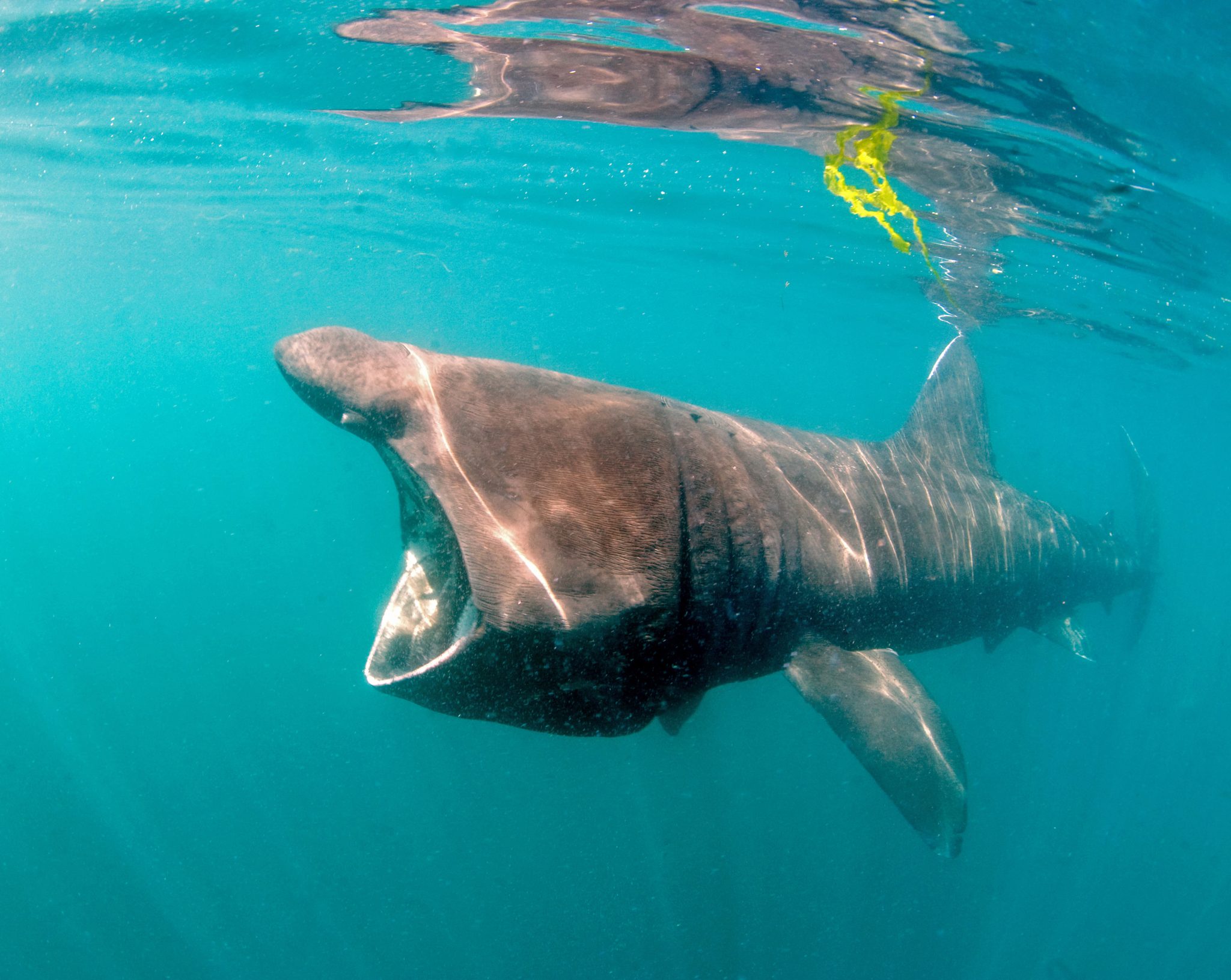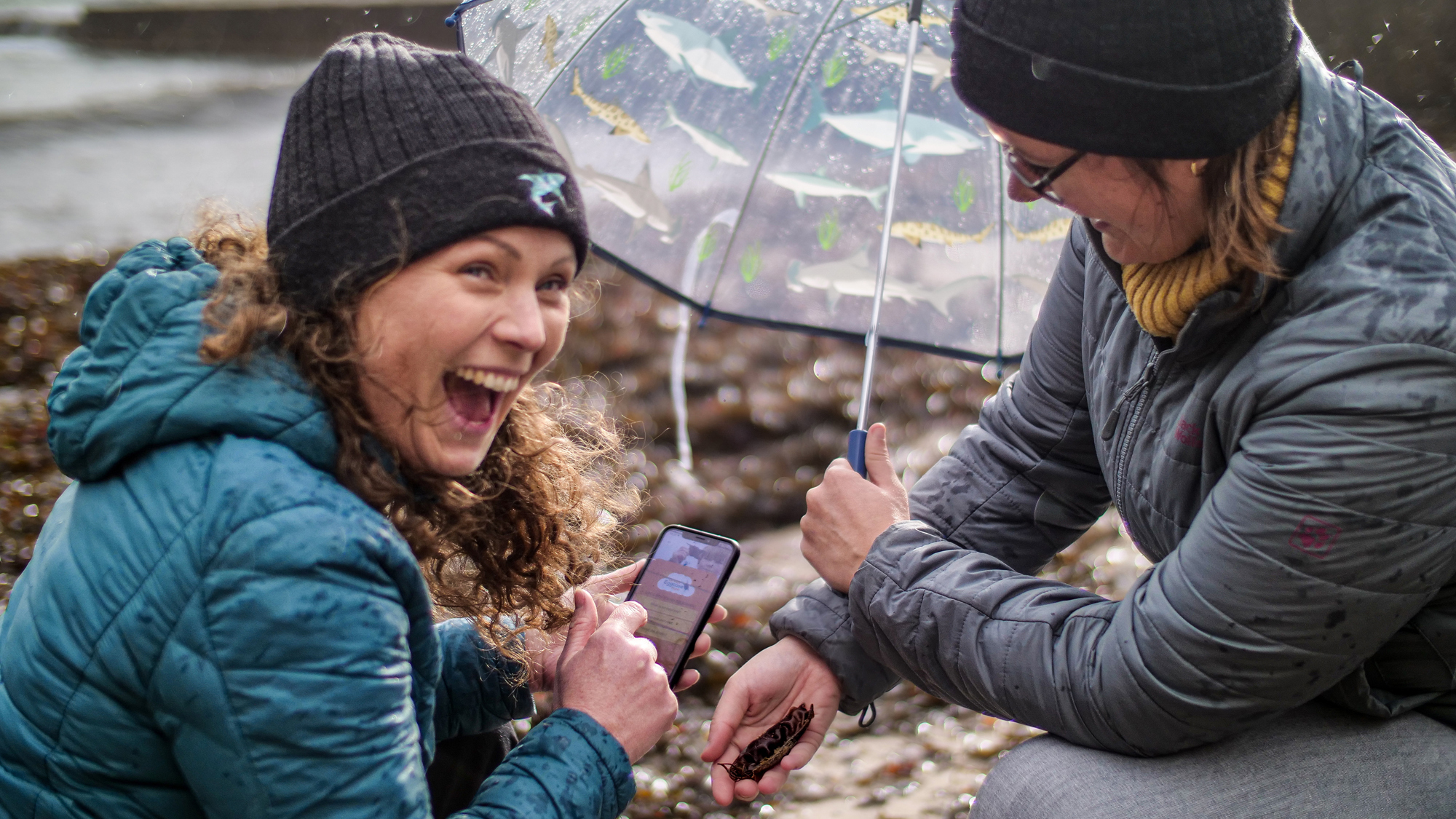Marine Life & Conservation
Mauritius by night: When the nocturnal species come out to play
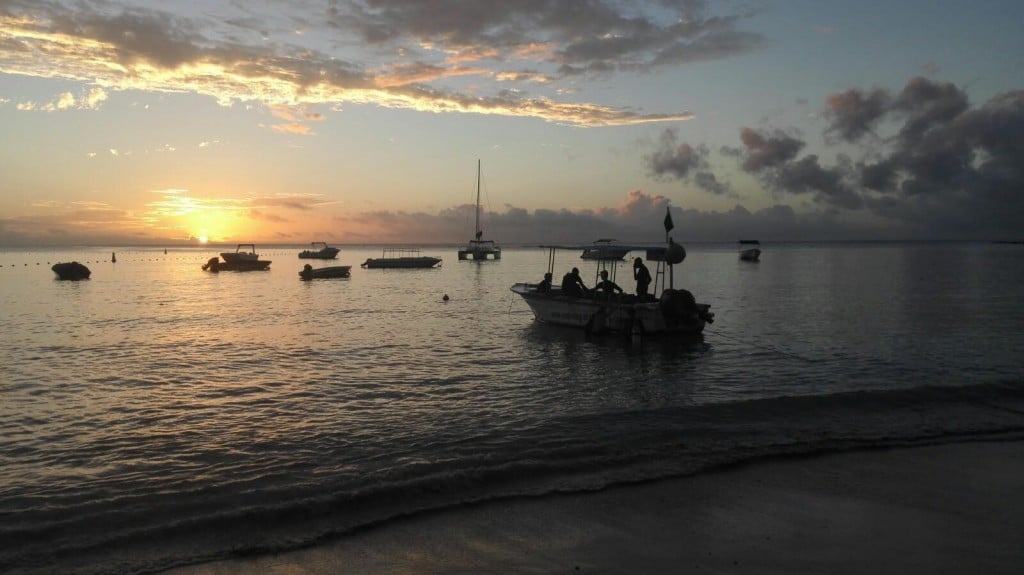
The boat leaves as dusk begins to fall and as the sun sets, we kit up in a fluster of haste, careful not to forget our torches, nervous because it’s unfamiliar to be going diving when everyone else is going out to dinner. We each have a torch and we are told not to switch them on before we hit the water, as they will spoil our night vision.
Menon gives a much longer dive briefing than normal and a lot of it is to do with the unfamiliar darkness we will be diving in. We will be diving Point Vacoas, a reef characterised by sand striped gullies and rich in towering ancient brain coral bomies. During the day it is coloured by delicate pink lilac and peach soft corals and filled with fish life.
He warns us to keep well above the reef until we have a feel for the surrounding darkness. There is a torch at the top of the buoy line and a torch at the bottom. We backward roll into pitch blackness, and switch on our lights. The boat’s navigation lights come on so we know where we are, where the bottom is, and where the boat is.
Sorted.
We sink through the crystal water towards the bottom, careful not to shine our torches in each other’s eyes. It’s easy to spot the others in the group, their torches are like light sabres on the white sand in the marine darkness.
As we reach the reef a hand, lit by a torch points, and there is a juvenile bar-tail moray hunting in the dark, his victim oblivious.

Morays are normally easily spotted during the day in Mauritius, but rarely do we see them outside their holes. They hunt by night.
 As I filmed him a light caught an orange undulation, and a Spanish dancer wove his way down to the reef, caught in the spotlight of the whole group of torches.
As I filmed him a light caught an orange undulation, and a Spanish dancer wove his way down to the reef, caught in the spotlight of the whole group of torches.
He was at least 300mm long, and he undulated gracefully, flashing his exquisite colours. You never see them during the day, and I have no idea where they hide. I have often seen their egg ribbons, but I’ve never seen these huge nudibranchs during the day. Another rare nudi was a Berthalini, another huge nocturnal creature built along the same lines and almost as spectacular as the Spanish Dancer.
Someone taps his tank and one of the torches hovers on a large grey creature. I turn towards the sound, and there is a completely unfamiliar creature, silvery grey, box shaped, long spiked tail, about 600 mm long, flapping and hovering and turning in circles.

It’s a Cowfish, and according to the books, it’s not found in Mauritius. It’s found in Indonesia, but there it is looking a little embarrassed at being caught out in the wrong ocean. On honeymoon perhaps? We looked around but could not find his mate.
 Another group of unfamiliar creatures was hiding in a crevice. The squat lobster is also not common in Mauritius, so it was wonderful to fine a pair of them hiding in a hole, edging their way tentatively out to find a midnight snack.
Another group of unfamiliar creatures was hiding in a crevice. The squat lobster is also not common in Mauritius, so it was wonderful to fine a pair of them hiding in a hole, edging their way tentatively out to find a midnight snack.
I get excited by anything unfamiliar, and that night I saw at least 5 creatures I have never seen in over 1500 dives worldwide. There was a slipper lobster, a finning marbled electric ray, a baby two spot lionfish, proudly spreading his colourful fins, a spot backed crab and a giant coral crab that must have been at lead 500mm across the shell.
Suddenly out of the darkness appeared an extraordinary spider like creature which we later identified as a decorator crab. He uses his sticky spit to attach shells, seaweed and small anemones to his back and legs, and looks like something out of a bad sci-fi movie.

After 50 minutes of dramatic exploration, it was time start ascending, torches firmly lit and pointing down. This time, we had to leave them switched on in case someone dropped one as they are huge and quite costly. We each carried a smaller pocket torch in case of failure, so night diving is always about being doubly safe.
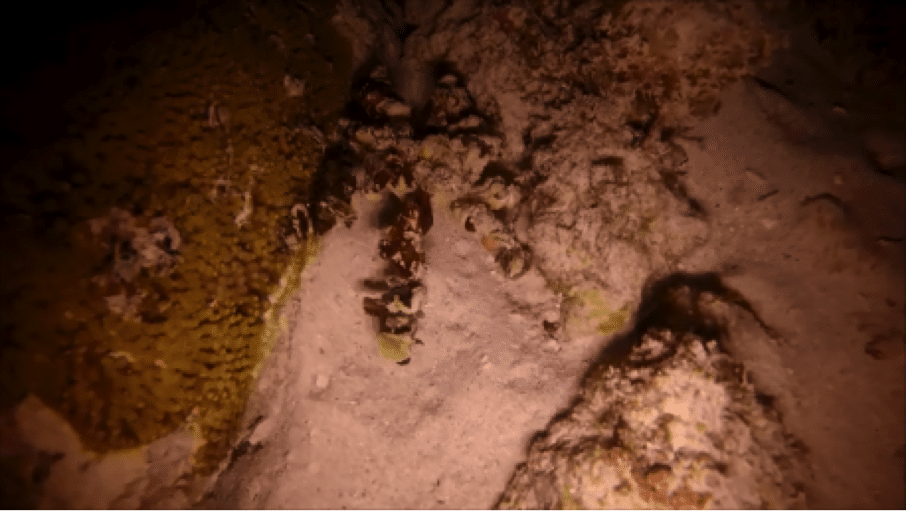
When we got back to the dive centre, Lorenzo from the restaurant next door had prepared a Mauritian feast for us which he served at the dive centre and we sat around the de-briefing table at the Dive Centre drinking Phoenix beer and South African wine, identifying our finds and chatting. It was one of the best dives I have done in Mauritius and I hope to make it the first of many.

Words Jill Holloway
Pics Jill Holloway
Copyright Ocean Spirit
Marine Life & Conservation
Leading UK-based shark conservation charity, the Shark Trust, is delighted to announce tour operator Diverse Travel as a Corporate Patron
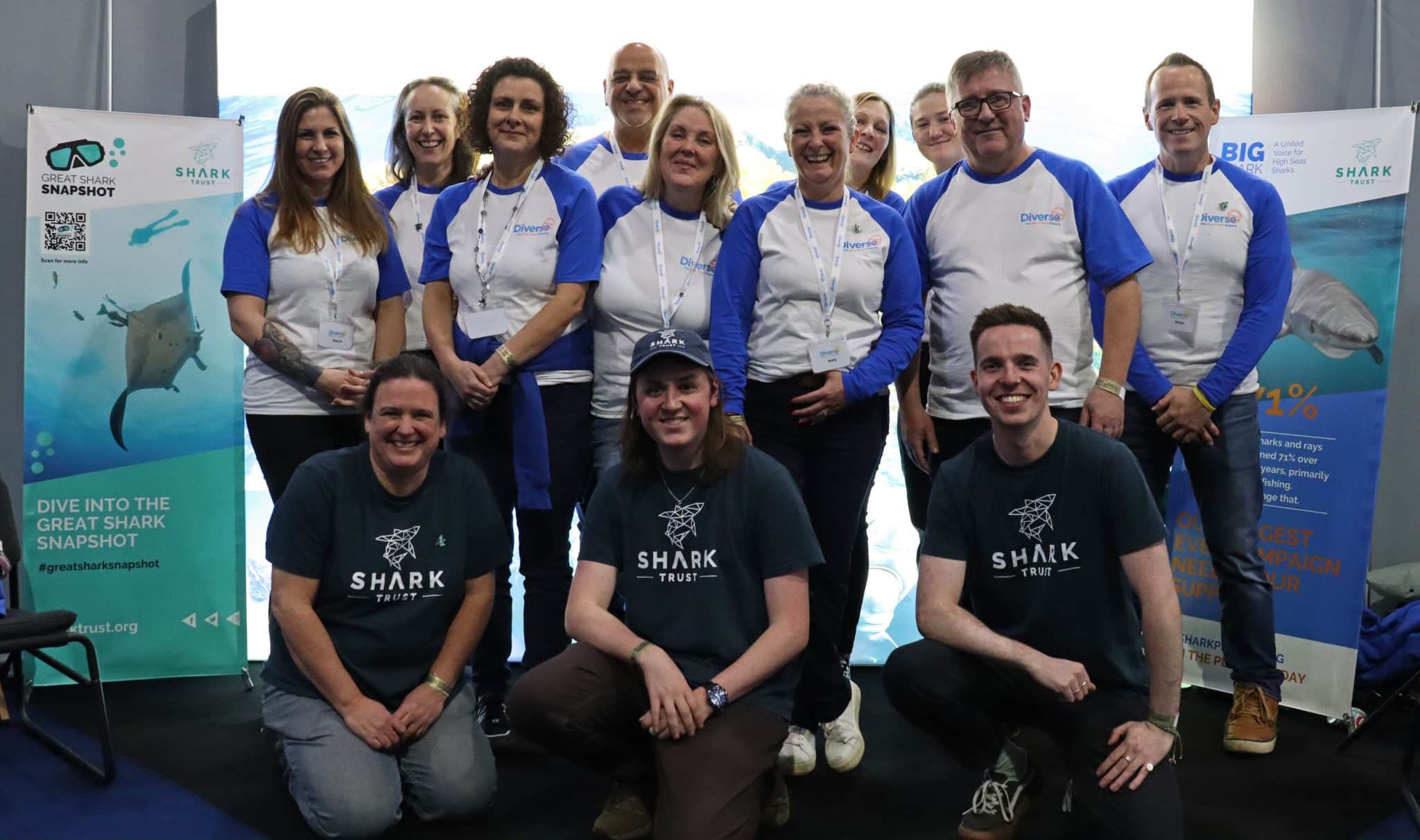
 Corporate Patrons provide a valuable boost to the work of The Shark Trust. The Trust team works globally to safeguard the future of sharks, and their close cousins, the skates and rays, engaging with a global network of scientists, policymakers, conservation professionals, businesses and supporters to further shark conservation.
Corporate Patrons provide a valuable boost to the work of The Shark Trust. The Trust team works globally to safeguard the future of sharks, and their close cousins, the skates and rays, engaging with a global network of scientists, policymakers, conservation professionals, businesses and supporters to further shark conservation.
Specialist tour operator Diverse Travel has operated since 2014 and is committed to offering its guests high quality, sustainable scuba diving holidays worldwide. Working together with the Shark Trust will enable both organisations to widen engagement and encourage divers and snorkellers to actively get involved in shark conservation.
“Sharks are truly at the heart of every diver and at Diverse Travel, we absolutely share that passion. There is nothing like seeing a shark in the wild – it’s a moment that stays with you forever!” says Holly Bredin, Sales & Marketing Manager, Diverse Travel.
“We’re delighted to celebrate our 10th year of business by becoming a Corporate Patron of the Shark Trust. This is an exciting partnership for Diverse and our guests. We will be donating on behalf of every person who books a holiday with us to contribute towards their vital shark conservation initiatives around the world. We will also be working together with the Trust to inspire divers, snorkellers and other travellers to take an active role – at home and abroad – in citizen science projects and other activities.”
Paul Cox, CEO of The Shark Trust, said:
“It’s an exciting partnership and we’re thrilled to be working with Diverse Travel to enable more divers and travellers to get involved with sharks and shark conservation. Sharks face considerable conservation challenges but, through collaboration and collective action, we can secure a brighter future for sharks and their ocean home. This new partnership takes us one more valuable step towards that goal.”
For more information about the Shark Trust visit their website here.
For more about Diverse Travel click here.
Marine Life & Conservation
Shark Trust Asks Divers to help with Shark Sightings this Global Citizen Science Month
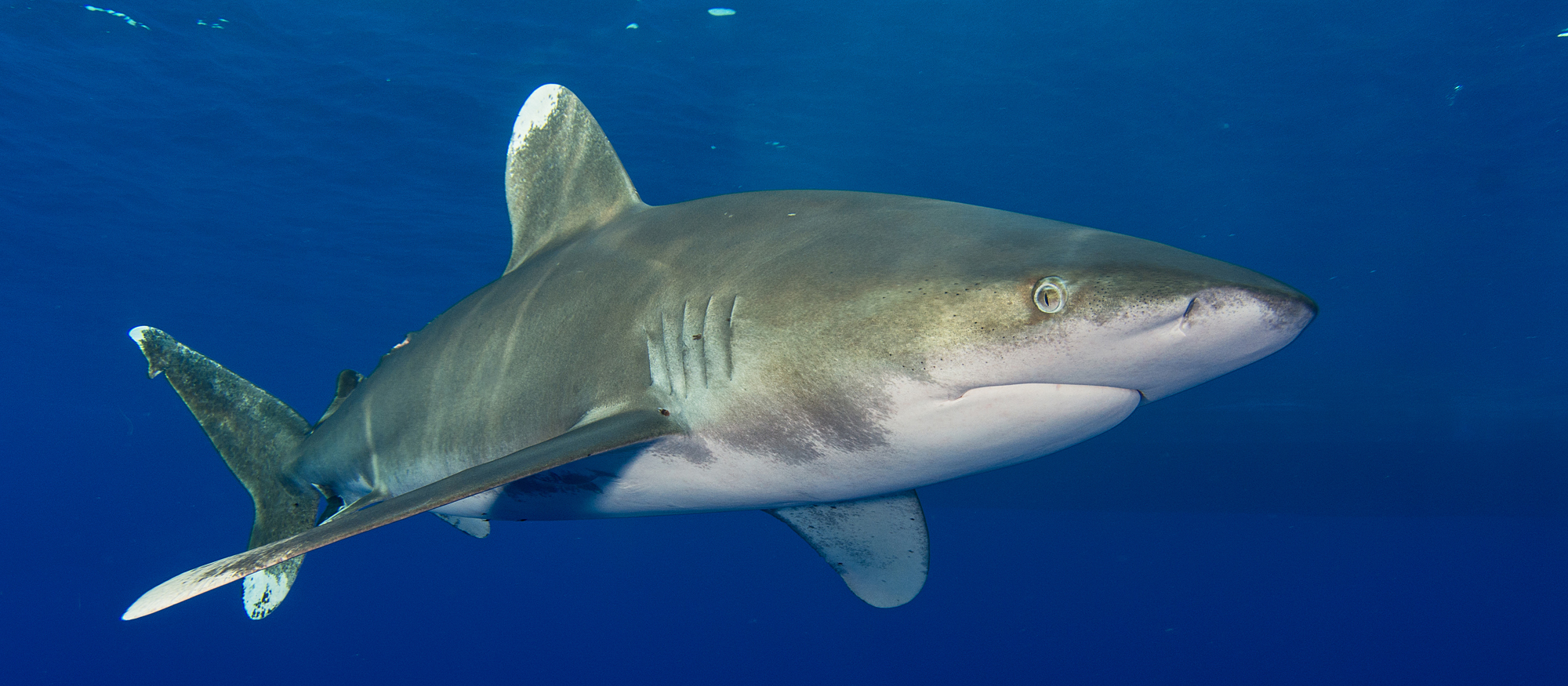
 Whether you are stuck for ideas of what to do with the kids or are off on the dive trip of your dreams. You can get involved in Citizen Science Month and help the Shark Trust by providing vital data about sharks are rays both close to home and further afield.
Whether you are stuck for ideas of what to do with the kids or are off on the dive trip of your dreams. You can get involved in Citizen Science Month and help the Shark Trust by providing vital data about sharks are rays both close to home and further afield.
In addition to reporting the sharks and rays you see on your dives, the eggcases you find on the beach, the Shark Trust is looking for some specific data from divers who are asked to report any Oceanic Whitetip and Basking Sharks.
Oceanic Whitetip Sharks
The Shark Trust are looking specifically for Oceanic Whitetip Shark sightings over the coming weeks and months. So, if you are diving anywhere in the world, please report your sightings via the website or app.
Website: https://recording.sharktrust.org/
App: Search The Shark Trust in your app store
The Oceanic Whitetip. Known for their incredibly long dorsal and pectoral fins, this species was once the most abundant oceanic-pelagic species of shark on the planet.
Large and stocky, they are grey or brown above, and white below and famous for their huge rounded first dorsal fin and paddle-like pectoral fins. The fins also highly prized within the shark fin trade. Whilst they are mostly solitary, Oceanic Whitetips do occasionally hunt in groups.
An inquisitive species, they were easy prey for fisheries. Combined with their low reproductive rate, they were inevitably at high risk of population depletion. And declines of up to 99% have been reported in certain sea areas. They are listed as Critically Endangered on the IUCN Redlist (2019).
Conservation efforts to discourage further declines include listing on CITES Appendix II and CMS Appendix I. They’re also the only species prohibited from take by all the Tuna RFMOs (Regional Fisheries Management Organisations). However, these measures do not mean that Oceanic Whitetips are not still caught – whether targeted or as bycatch – in some parts of the world. With populations declining at such a high rate, effective implementation of management measures is essential to ensure that the species can recover.
If you are lucky enough to get an image of an Oceanic Whitetip and you record your sighting on the Shark Trust app or website YOU CAN WIN! All images submitted with sightings, that also give consent to use in conservation messaging, will be in with a chance to win an Oceanic Whitetip T-shirt and mug. The competition will run until the end of “Shark Month” in July – so keep those sightings (and images) coming in.
Basking Sharks
Basking Shark (Cetorhinus maximus) season is upon us, and the Shark Trust is asking everyone to keep an eye out for these majestic giants over the summer months. If you see any, you can record your sighting to the Basking Shark Sightings database.
Each year, these mighty fish return to British waters to feed on plankton. You may see one, (or a few if you’re really lucky) from around April-October. They can be seen feeding at the surface of the water, where they look like they’re basking in the sun. Thus, their name!
Sighting hotspots around the British Isles include southwest England, Isle of Man, north coast of Ireland, and western Scotland. The Sea of the Hebrides is the most prolific sightings area in Scotland, but they have been spotted all around the coast and have even ventured into some of the sea lochs. The Shark Trust has received thousands of sightings since the Basking Shark project began, but more data is needed to truly understand what is going on with population numbers and distribution. You can help by recording your sightings this summer.
Great Eggcase Hunt
The Shark Trust has an Easter Egg Hunt with a difference for you to try. Take part in the Great Eggcase Hunt and get involved with a big citizen science project that helps shark, ray and skate conservation. And it’s an enjoyable activity for all the family.
The Shark Trust also want snorkellers and divers to record their underwater eggcase findings. Underwater records help pinpoint exactly where sharks and skates are laying their eggs and can help link to beach records. Learning the depth and substrate that they lay on also helps better understand the species.
Find out more: https://www.sharktrust.org/great-eggcase-hunt
Whether you are diving, snorkelling or exploring on the beach you can take part in Citizen Science Month and get actively involved in shark and ray conservation. Find out more: www.sharktrust.org
-

 News3 months ago
News3 months agoHone your underwater photography skills with Alphamarine Photography at Red Sea Diving Safari in March
-

 News2 months ago
News2 months agoCapturing Critters in Lembeh Underwater Photography Workshop 2024: Event Roundup
-

 Marine Life & Conservation Blogs2 months ago
Marine Life & Conservation Blogs2 months agoCreature Feature: Swell Sharks
-

 Blogs1 month ago
Blogs1 month agoMurex Resorts: Passport to Paradise!
-

 Gear News3 months ago
Gear News3 months agoBare X-Mission Drysuit: Ideal for Both Technical and Recreational Divers
-

 Blogs2 months ago
Blogs2 months agoDiver Discovering Whale Skeletons Beneath Ice Judged World’s Best Underwater Photograph
-

 Gear Reviews2 months ago
Gear Reviews2 months agoGear Review: Oceanic+ Dive Housing for iPhone
-
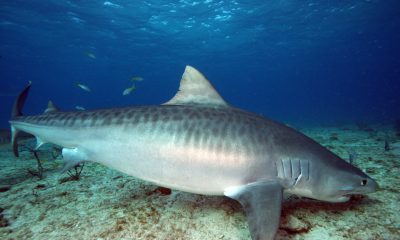
 Blogs3 months ago
Blogs3 months agoThe Thrilling Encounter with Tiger Sharks at Beqa Lagoon’s ‘The Colosseum’ with Coral Coast Divers



